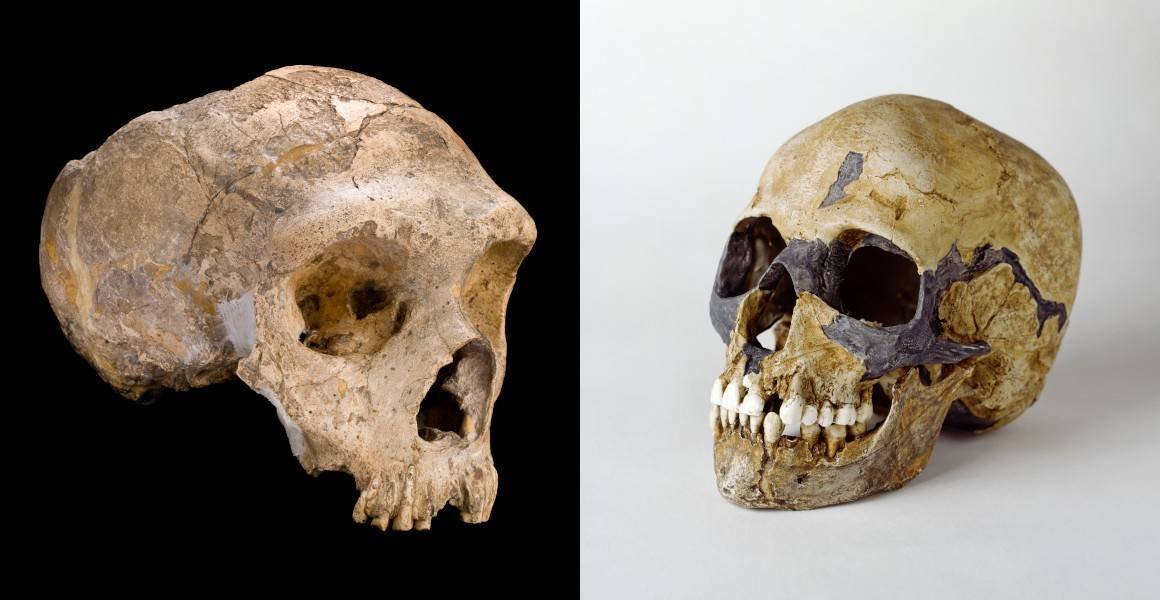The bones of the famous hominid Lucy will leave Ethiopia for Europe for the first time.

The fossilized bones of the famous hominid Lucy, considered for years to be the oldest ancestor of man, will leave Ethiopia to be exhibited in Europe for the first time , Ethiopian Deputy Minister of Culture Endegena Abebe confirmed to EFE.
Lucy's 3.2-million-year-old skeleton will leave the National Museum of Ethiopia in Addis Ababa on August 25 and remain on display at the National Museum in Prague for approximately two months.
"Previously, Lucy's skeletal remains were only displayed once outside of Ethiopia, in the United States," Endegena told EFE. The decision to send Lucy to Europe was made as part of efforts to strengthen Ethiopia's diplomatic and cultural ties with the Czech Republic.
The agreement was formalized during a visit to Ethiopia by Czech Deputy Prime Minister Marian Jurecka in December 2024. "We signed an agreement with the Deputy Prime Minister seven months ago," the Ethiopian deputy prime minister explained.
Lucy is now ready to travel, and preparations for her display at the National Museum in Prague are underway. The director general of the Ethiopian Heritage Authority, Abebaw Ayalew, emphasized that the hominid's transport and display will be carried out with the utmost care.
"An Ethiopian delegation will travel to Prague in advance to evaluate logistics, including transportation and exhibition conditions," Adebaw told EFE.
Discovered in 1974 at the Hadar site (north), in the Awash Valley, by the American paleonthropologist Donald Johanson, Lucy is one of the most significant discoveries in the history of paleoanthropology .

Neanderthal skull (left) and Homo sapiens skull (right). Photo: © The Trustees of the Natural History Museum
It is a collection of fossilized bone pieces that comprise 40 percent of the skeleton of a female hominid.
For years, Lucy was considered a direct ancestor of Homo sapiens, until other discoveries led experts to believe that she was another species, Australopithecus Afarensis .
Lucy's discovery was especially relevant because her bones showed signs of being bipedal, that is, standing upright and walking on two limbs , one of the defining characteristics in the development of human beings.
Lucy was named after the famous Beatles song "Lucy in the Sky with Diamonds" , which played in the expedition camp.
In Ethiopia, the hominid is affectionately known as Dinkinesh, which means "wonderful" in Amharic.
This isn't Lucy's first trip abroad. In 2007, the skeleton toured several museums in the United States for six years for educational purposes, and returned to Ethiopia in 2013.
Now, with Lucy headed to Europe, Endegena emphasized that the Prague exhibition is not only about scientific history, but also about national pride.
"Introducing Lucy," the deputy minister added, "allows us to tell the world that Ethiopia is the cradle of humanity. Prague, as a major cultural center of Europe, is the perfect venue for this message."
eltiempo





